Blog

Author Simon Mawer talks about the inspiration for his novel Mendel’s Dwarf, his fascination with the language of science and what advances in genetics could mean for the future.
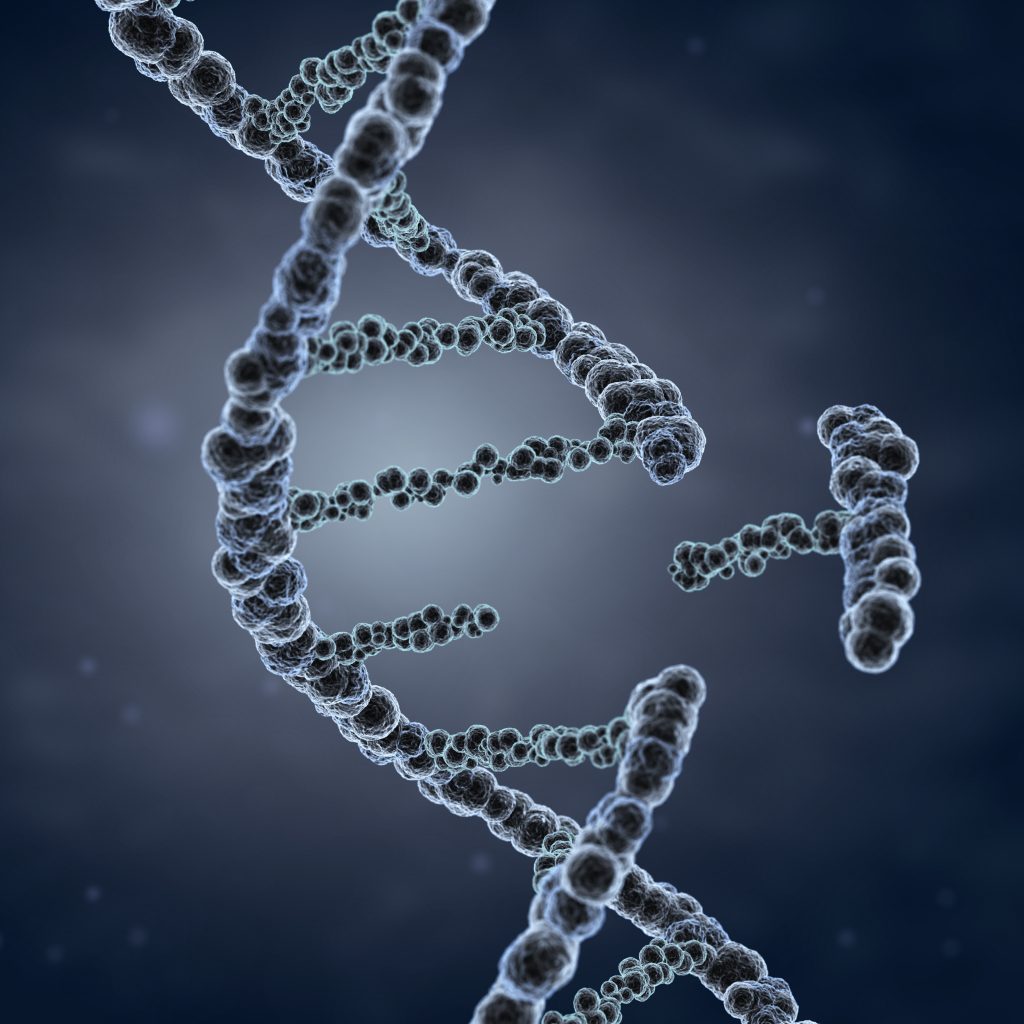
To mark International Day of Women and Girls in Science we’re turning the spotlight on the groundbreaking work of Profs Emmanuelle Charpentier and Jennifer Doudna, who became the first all-female team to win a Nobel Prize in Chemistry for the development of the CRISPR-Cas9 gene editing tool.

A major exhibition of collaborative video works, Genetic Automata, draws on the aesthetics of iconic videogames to raise important questions about the role that science and genetics have played in shaping perceptions of race and identity. Georgia Walton visited the Wellcome Collection to find out more.

Last year saw significant advances in reproductive science. We take a look back at some of the defining developments of 2023 and at the interdisciplinary research and engagement work that The Future of Human Reproduction (FoHR) team has been doing to respond to the conceptual and ethical questions raised by innovations in reproductive technologies.
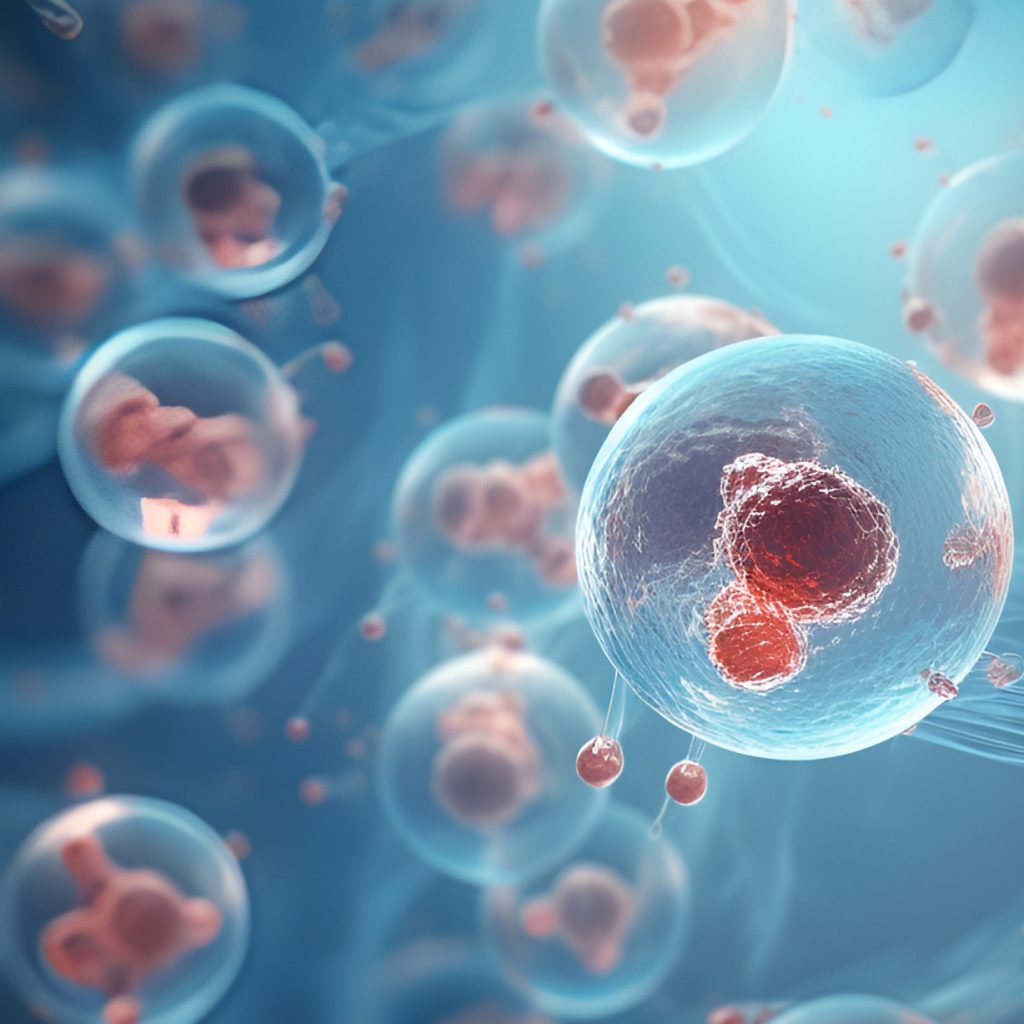
The development of human stem cell based embryo models (SCBEMs) is progressing at pace, but what are these models, why are scientists creating them, and are they a cause for concern? Read our explainer to find out more.
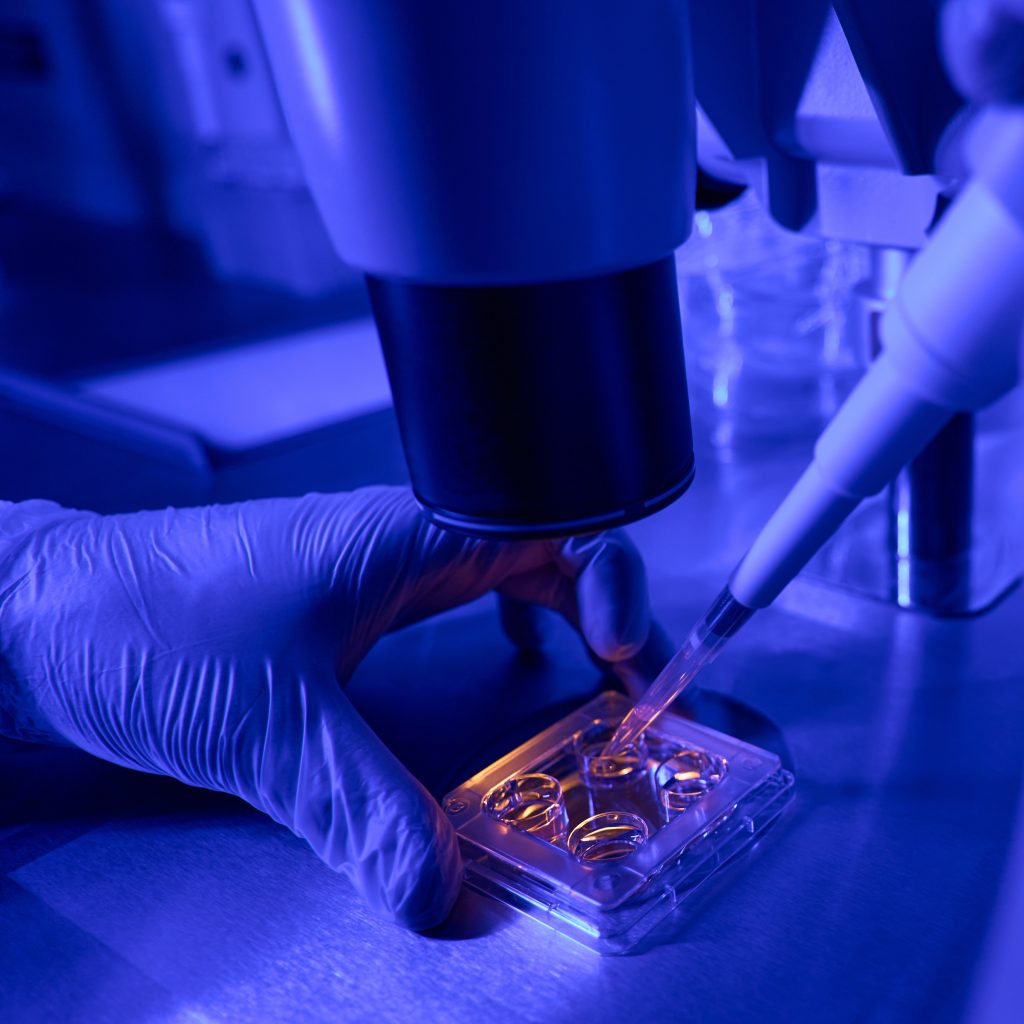
The 14-day rule, which limits the cultivation of human embryos in vitro for research purposes, has been enshrined in UK law for more than three decades. However, the Human Fertilisation and Embryology Authority has just announced proposals to change the law on the regulation of research involving human embryos. This blog explores the origins of the 14-day rule in the UK and considers the arguments for and against extending the current limit.
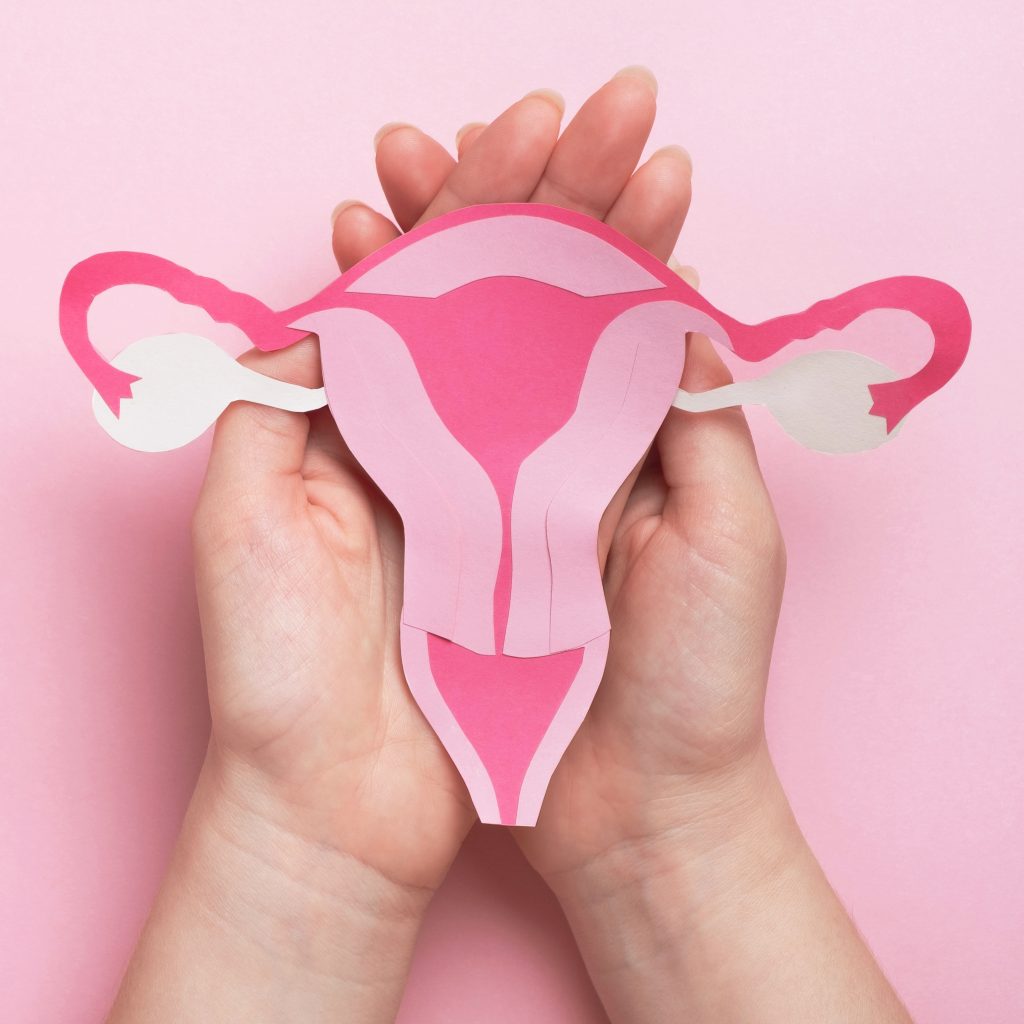
Last week’s National Fertility Awareness Week highlighted the challenges that 1 in 6 people in the UK face when trying to have children. This blog focuses on uterus transplantation: a novel method of reproduction that hit the headlines this summer when the first transplant took place in the UK.

What role has law played in controlling new human reproductive technologies and what role should it play in the future? These are the key questions that The Future of Human Reproduction team set out to explore in a discipline-hopping, law taster workshop.

The Future of Human Reproduction project has just celebrated its one-year anniversary. Interviews with the FoHR team reveal the successes and challenges of the first year of working on an exploratory, interdisciplinary humanities and social sciences research programme.
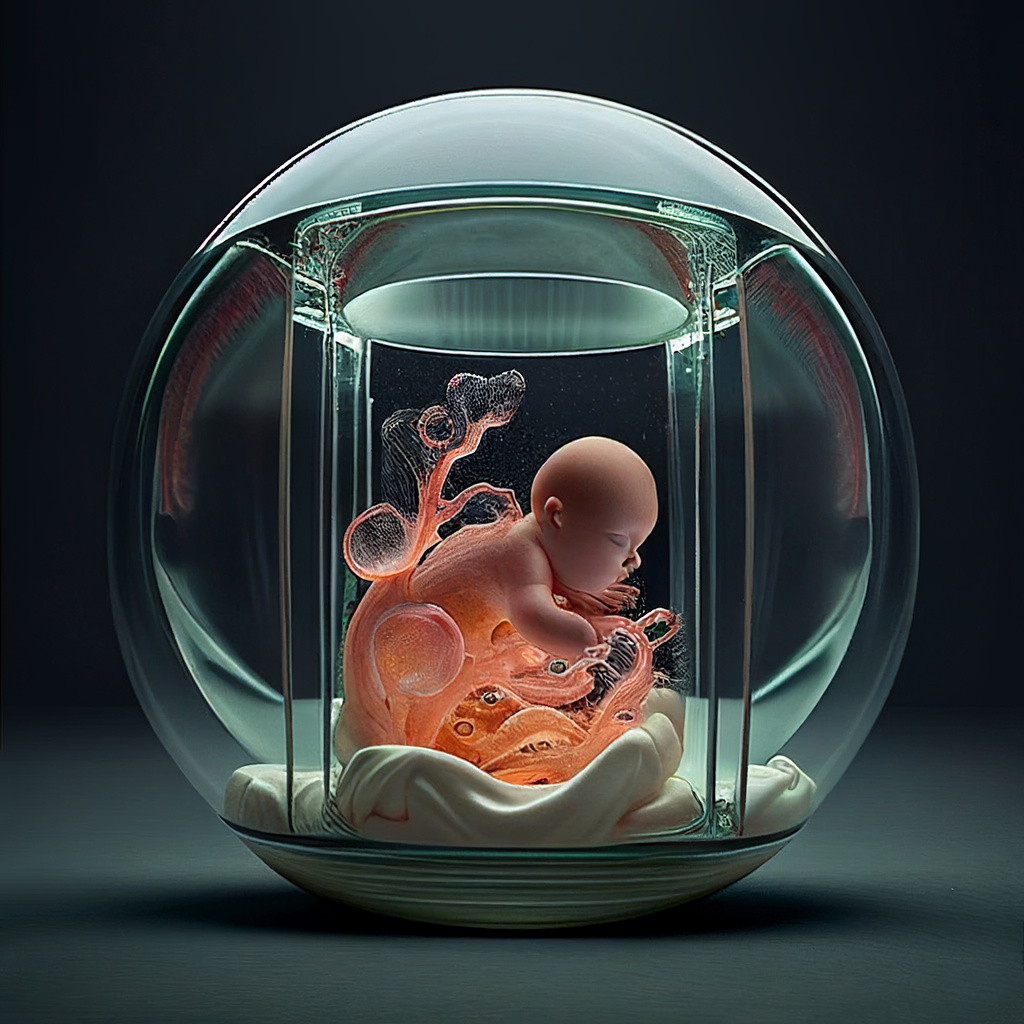
Claire Horn’s book Eve: The Disobedient Future of Birth takes as its starting point the idea that, in the near future, advances in artificial womb technology (AWT) will make it possible for babies to be grown outside the human body for the first time.
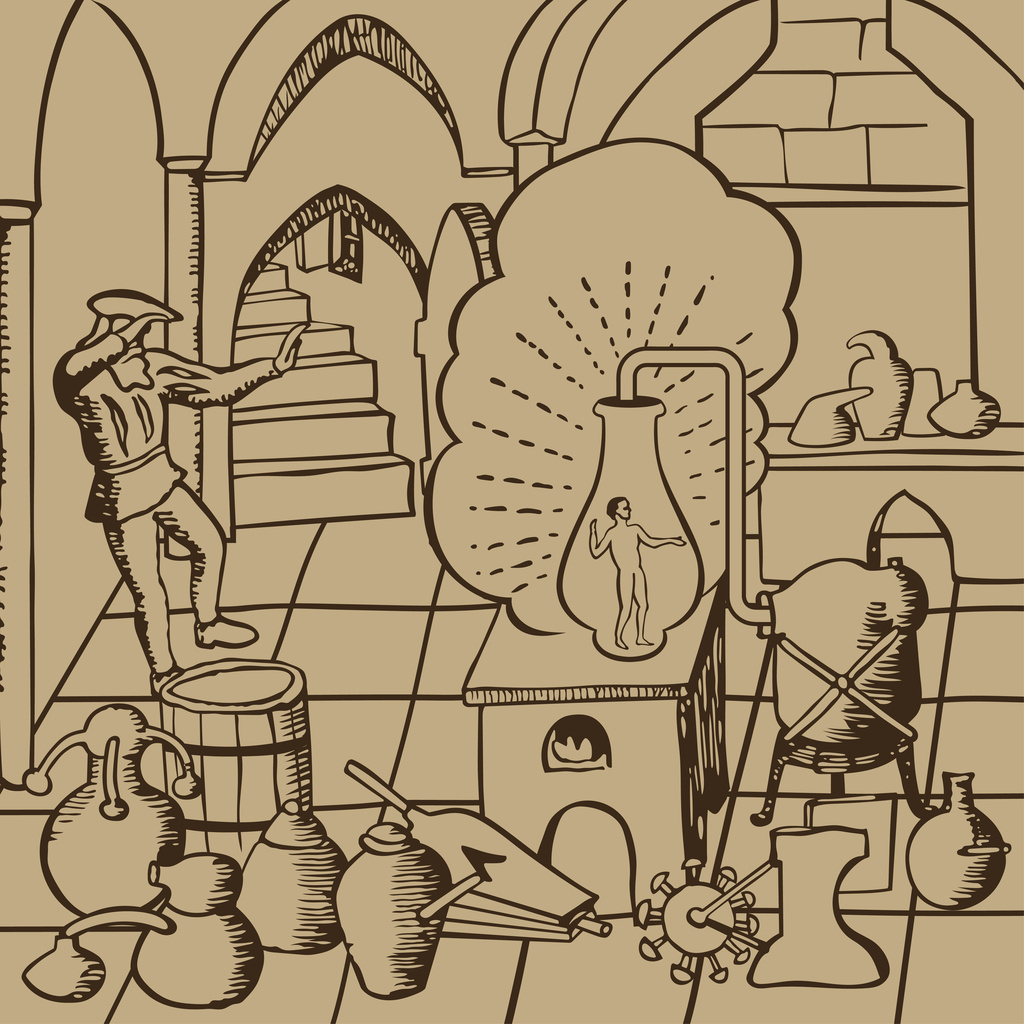
From babies in bottles to life-saving advances for premature infants, the scientific and cultural history of ectogenesis offers a fascinating glimpse of changing attitudes to reproductive progress.
